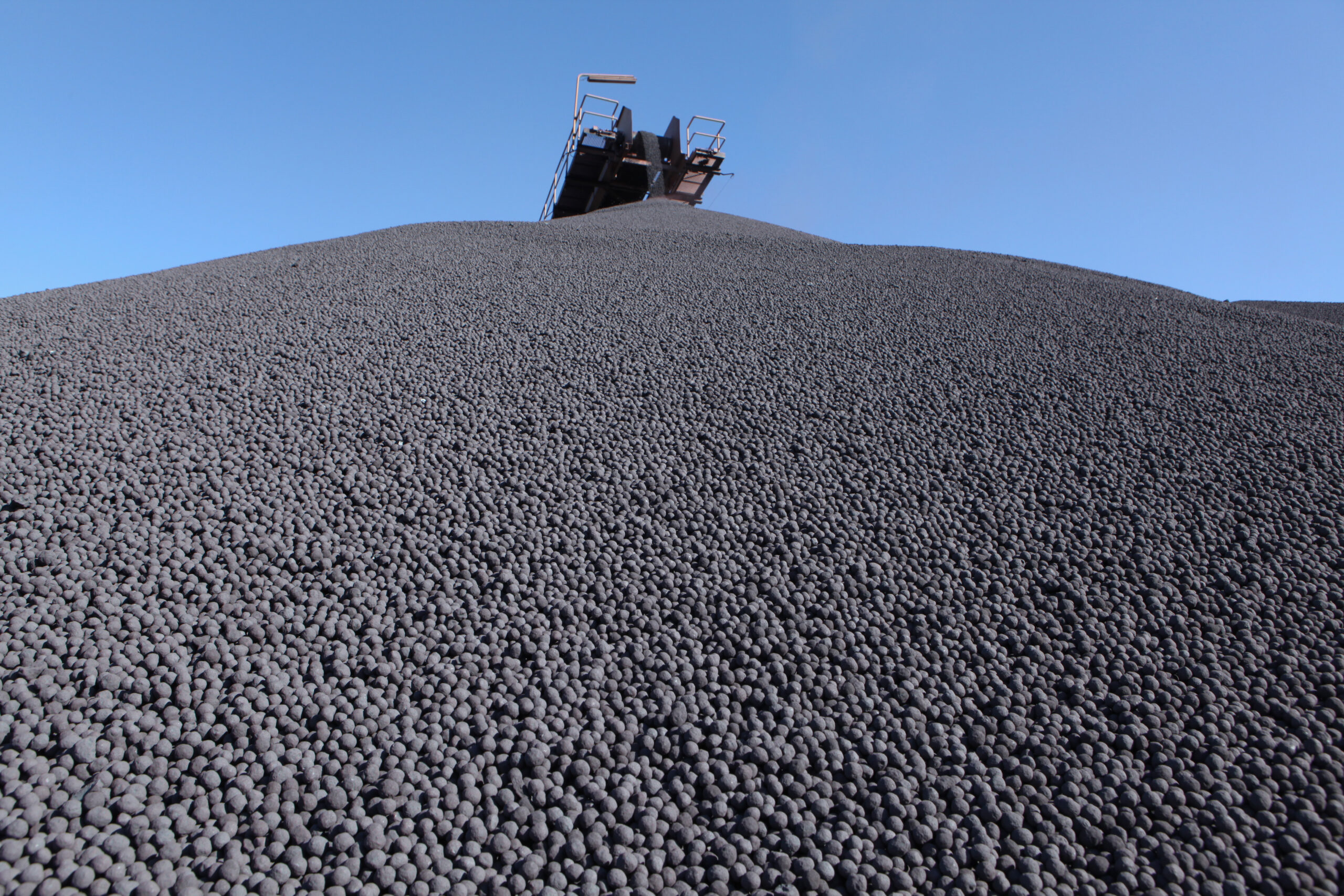In an era where margins are razor-thin and global competition is intensifying, the smart sourcing of raw materials has emerged as a strategic lever for industrial buyers. Among these materials, iron ore pellets play a crucial role in steel production, offering consistency, efficiency, and environmental benefits. For bulk buyers such as steel plants, foundries, and DRI (Direct Reduced Iron) producers, sourcing smarter isn’t just about cost-saving, it’s about ensuring operational stability and future-proofing the supply chain.
This blog will explore how bulk buyers can unlock major savings through strategic procurement of iron ore pellets, backed by data, trends, and actionable insights.

Why Iron Ore Pellets?
Iron ore pellets are agglomerated forms of iron ore fines, used extensively in blast furnaces and DRI plants. They are preferred over lump ores due to their :
- Higher Iron Content (Fe%) – Typically above 64%, improving steel quality.
- Uniform Size and Shape – Enhancing productivity in kilns and furnaces.
- Reduced Emissions – Lower dust and particulate matter during processing.
- Improved Metallurgical Properties – Ensuring consistent sintering and melting behavior.
The Cost Equation: Breaking Down the Components
Smart sourcing starts with understanding what contributes to the cost of pellets :
- Raw Material Costs : Influenced by iron ore prices on global benchmarks like Platts and Metal Bulletin.
- Conversion Costs : Vary depending on pelletization technology (Grate-Kiln vs. Straight Grate).
- Freight and Logistics : Can account for 10-25% of total cost depending on location.
- Duties and Taxes : Import duties, GST, and local levies impact landed cost.
- Supplier Margins : Negotiable based on quantity, consistency, and payment terms.
By analyzing these components, buyers can negotiate better contracts and identify areas to reduce cost.
Strategies for Smart Sourcing
1. Diversify Your Supplier Base
Don’t rely on one or two suppliers. Countries like India, Brazil, and Oman offer a range of pellet types with different pricing and quality profiles.
2. Align Purchase with Market Cycles
Monitor global iron ore and steel demand. For example, in 2023, a 15% drop in Chinese steel production led to excess pellets in global markets, lowering prices.
3. Leverage Long-Term Contracts
Locking prices through long-term contracts with reliable traders or producers can hedge against price volatility.
4. Use Digital Sourcing Platforms
Online B2B platforms and e-auctions can offer competitive pricing and access to verified suppliers.
5. Negotiate for Value, Not Just Price
Ask for moisture adjustments, freight optimization, and credit terms. Even minor tweaks can yield large savings over bulk volumes.
Case Study : How a South Indian Steel Plant Saved 8% Annually
A mid-sized steel company in TamilNadu switched from buying small pellet lots locally to sourcing directly from an East Indian pellet plant on a long-term FOB basis.
Key steps included :
- Benchmarking pellet specifications
- Using rail freight pooling
- Ensuring full rakes for optimal logistics
Annual savings: INR 12 crore (approx. USD 1.45 million)
Key Questions Bulk Buyers Should Ask
Q : Should I choose higher Fe% pellets even if they cost more?
A : Often yes. Higher Fe means better yield and less slag, improving furnace efficiency.
Q : Is domestic supply more reliable than imports?
A : Not necessarily. Imported pellets might be cheaper and more consistent depending on source and market conditions.
Q : How can I ensure pellet quality?
A : Ask for regular third-party lab test results and check CR (Compression Ratio), TI (Tumbler Index), and basicity ratio.
2025 Market Outlook
- Demand Surge : India’s pellet demand is expected to rise by 12% due to infrastructure push.
- Export Shifts : With China slowing down, Indian producers are offering more volume domestically.
- Green Steel Movement : Pellets are preferred in hydrogen-based DRI routes due to low impurities.
Conclusion
Smart sourcing of iron ore pellets isn’t just a procurement function,it’s a strategic advantage. By understanding the market, leveraging data, and building relationships with trustworthy suppliers, bulk buyers can ensure cost-efficiency and supply stability. In a volatile commodity landscape, the smartest buyers aren’t just buying cheaper – they’re buying better.
Need help sourcing the right iron ore pellets? Connect with Anupam Fuels, your trusted partner in high-quality, lab-tested materials delivered on time, every time.
